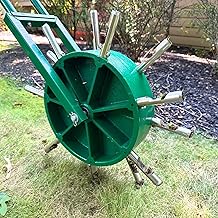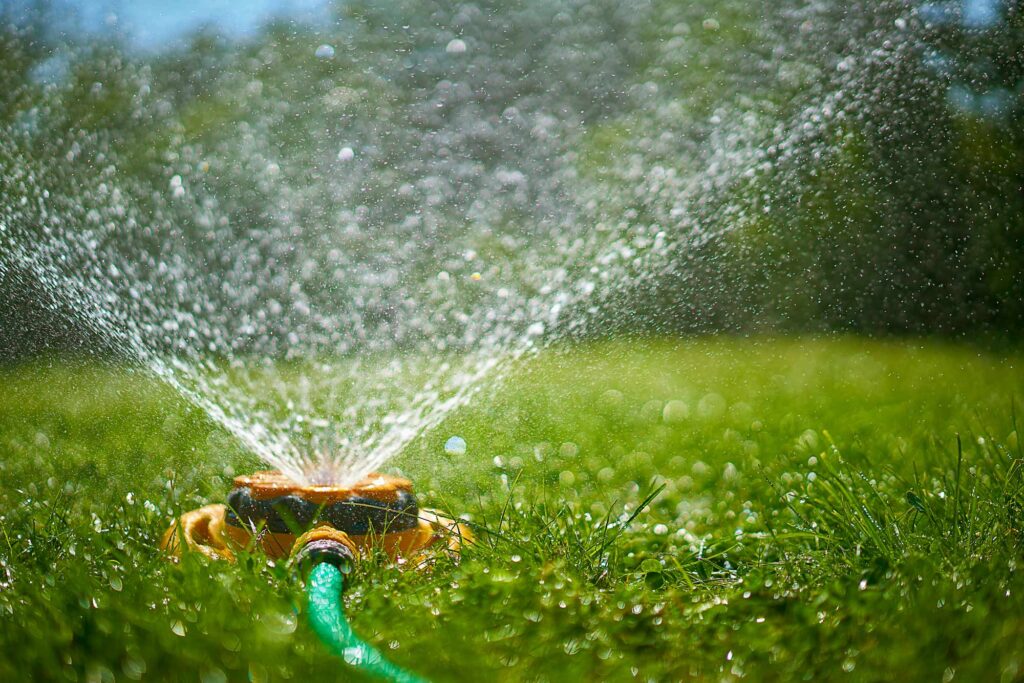When to plant grass seed depends on the type of seed & the area you are planting in because of the difference in the climates of different areas regionally. The situation will vary from state to state.

Types of seeds are broken down into two categories. Cool-weather types and warm-weather types. What’s the best time to plant grass seeds? We will briefly cover what you need to know when planting your grass seed.
What to do when preparing for planting grass seeds
We all would like to have a good-looking lawn, so these are the 8 steps you should follow to achieve it prior to planting. This correlates to whatever time or region you are in at the time of planting your grass seed.
1) Choose the right time of year
5) Plant the seeds
2) Prepare the site
6) Water appropriately
3) Prepare the soil
7) Inspect seed establishment
4) Choose the appropriate seeds
8) Mow & maintain
Seed Planting Zones & Times
Below are charts that give you the zones and times to plant your grass seeds to help you choose the right time of year for your particular location. They show the warm-weather regions & the cold-weather regions. You can get a better look by right-clicking on the image and opening each one up in another tab.



This is a chart to help determine what type of seed to use according to the climate. The type of seed in reference to climate will be determined if you are in a cool or warm region of the United States. This will be explained later in this post.
Preparing The Site & The Soil
This is where you want to get the planting area ready. You dethatch your lawn, removing all dead grass and debris. It is good if you can aerate the soil as well. This is done by punching holes in the soil using an aeration tool or equipment.

The really good thing to do is to test the soil. This calls for being a little bit more advanced with it. I’m sure most people don’t worry about doing this step. If you decide to you can buy test kits and send them off for results. You are checking for Nitrogen, Phosphorus & Potassium in the soil (N, P, K).
Also, the pH levels are checked. There is Alkaline (above 7 pH) & Acidic (below 7 pH). The best level is 6.5 to 7 for the best results. Then, if your soil needs to be treated, you can with fertilizers or compost.
Choosing The Best Seed
There are two different types of seed. Each type has a variety of seeds that fall into each category.
Cool Season Grasses – The best time to plant these types is mid-August through mid-October.

They thrive in regions where winter temperatures reach below freezing and temperatures range from 60 degrees. They also grow during Spring & Fall, then go dormant in the Summer. They also have long, fine blades and are maintained at a higher mowing level. The types are as follows:
- Bentgrass, Bluegrass, Fine Fescue & Ryegrass
Warm Season Grasses – The best time to plant these types is March through September.
They thrive in weather above 80 degrees and go dormant in the cooler weather of late Fall or Winter. They grow during the Summer and need less water, which makes them drought-tolerant. Their blades are wide and coarse and should be mowed low to the ground. The types of these are as follows:
- Bahia, Bermuda, Carpet Grass, Centipede, St. Augustine & Zoysia
Planting The Seed
If you are seeding a new lawn, spread it generously to get a good bed of grass. Make sure to add compost to help protect the seedlings. If you are overseeding your existing lawn, you are basically trying to thicken the thin spots or make the warm-season grass keep its color with some cool-season grass seed.
Watering Your Lawn

We want to water a newly seeded lawn twice daily to keep the soil moist. As the roots set in, you can lessen the watering. Usually around two weeks. As you are inspecting the seed establishment, you will know when the time comes. Remember not to water in the heat of the day. Try mornings instead and avoid late evenings. And do not overwater and wash the seedlings away.
Mow & Maintain
As the grass is growing, refrain from cutting it until it is about 3 to 3 1/2 inches long. Make sure your blades are sharp and don’t cut below 2 inches long, preferably 2 /12 or 3 inches long. Once it is cut, never remove more than 1/3 of the blade of grass.
Steps After Planting
After you have planted, you should start to see results no later than two weeks and a soon as a few days. Remember to keep the topsoil moist during seed germination. It should germinate in 5 to 30 days.
Do your best to keep your feet off the area as much as possible. that can compact the soil, and seeds germinate better in loose soil. and supply plenty of water for the first two weeks.
You can help the grass grow quicker & stronger by fertilizing, but topsoil with compost is better. The compost will help supply the necessary nutrients, but also assist in keeping the soil from compacting.
Do this, and you should have decent results with your lawn.
Thank you for visiting, and I hope this post gave you some insight into a project you may be considering. Please leave any comments or questions to help out the other visitors. That is what this is all about.
